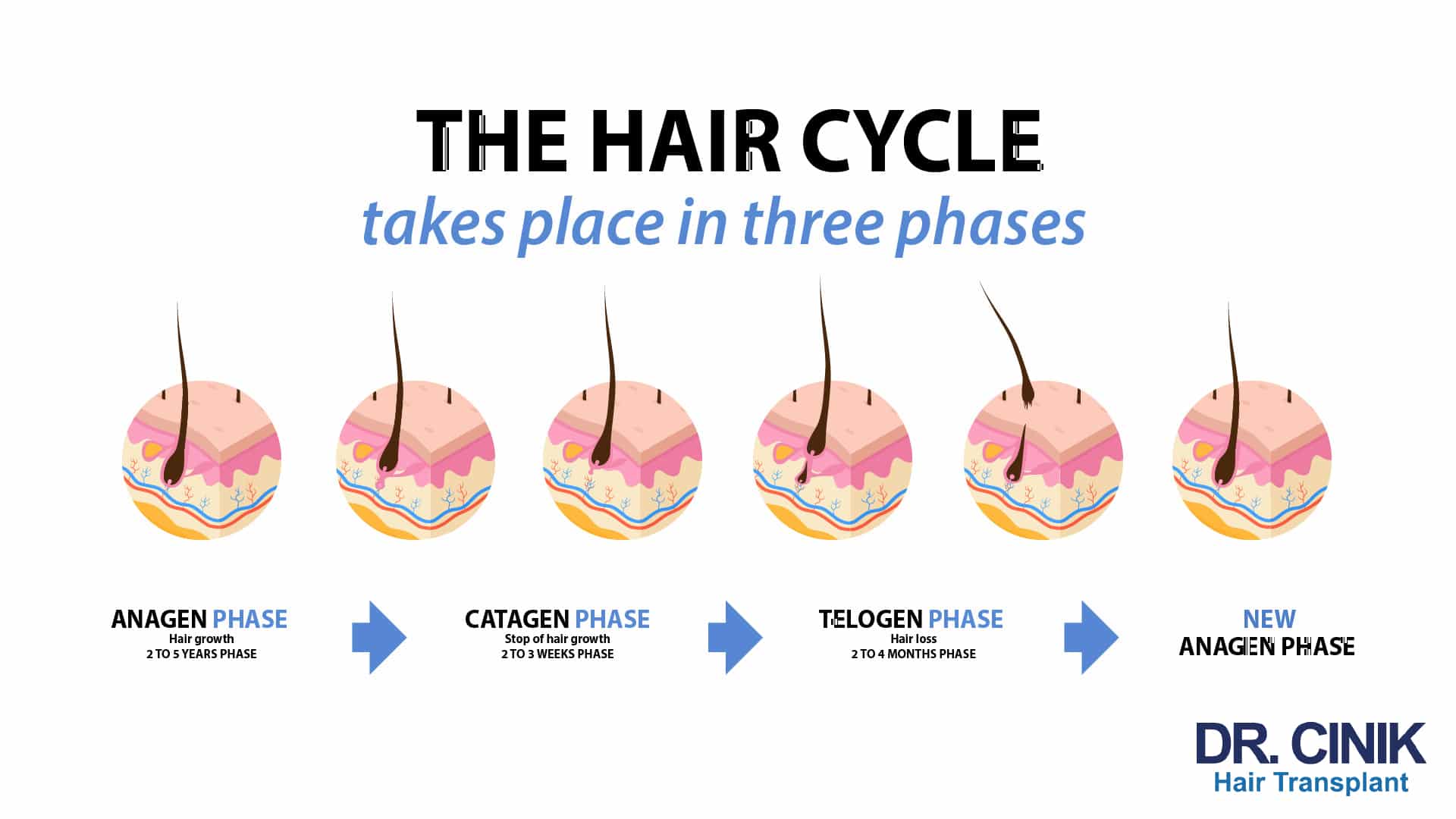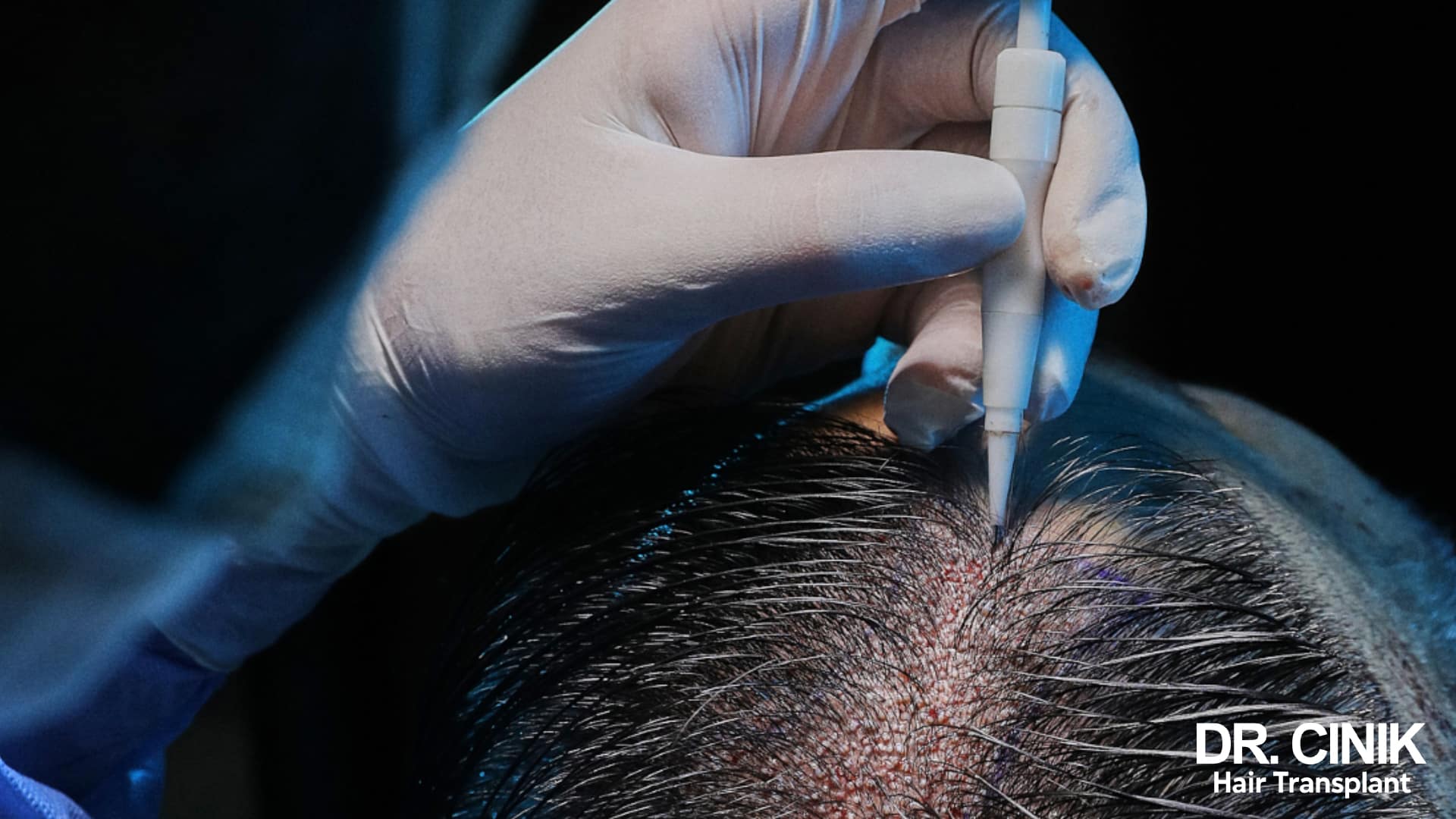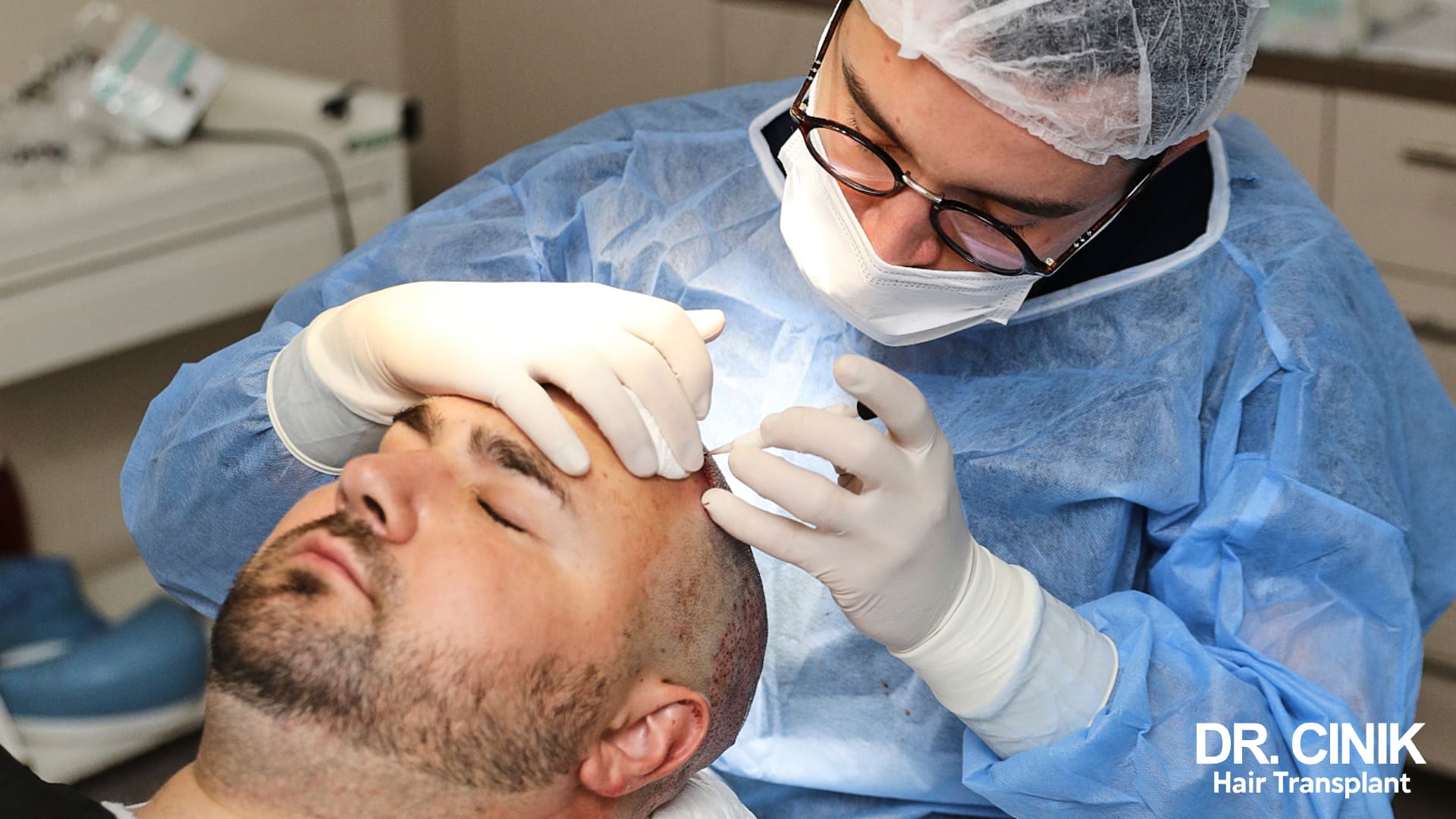Scarring Alopecia: how to treat it?

Sommaire
Scarring alopecia, or cicatricial alopecia, is among the most severe forms of hair loss. This condition results from anatomical or chemical trauma inflicted on the scalp. Let’s explore this disorder further, delve into its causes and symptoms, and discuss the available treatments.
Scarring alopecia: what is it?
Scarring alopecia, also known as cicatricial alopecia, is an inflammatory condition of the scalp that leads to localised, permanent hair loss. This type of patchy hair loss occurs due to the complete destruction of the hair follicles within the affected areas.
Because scar tissue, which lacks hair bulbs, replaces the scalp in these areas, the lost hair cannot naturally regenerate. Consequently, treatment options for individuals with this condition are largely limited to hair transplantation procedures.
Causes of scarring alopecia
Mains causes of scarring alopecia include chronic inflammation, healed wound or destruction of the stem cells and sebaceous gland, which are then replaced by scar tissue.
It can be caused by metabolic degeneration, infections, autoimmune diseases, genetic predisposition, repeated trauma, including advanced trichotillomania, burns, radiation, or even chemical attacks on the scalp.
Cancer treatments, such as radiotherapy, that cause burns can also damage hair follicles and lead to permanent hair loss.
Hair loss can be psychologically challenging, especially when it leaves visible and unsightly holes.
What are the main symptoms of scarring alopecia?
Visually, it appears as an area of smooth, shiny, scarred skin where no hair grows back. Unlike androgenetic alopecia, which is caused by a sensitivity of the hair follicles to male sex hormones (androgens), this form of alopecia does not involve gradual exhaustion of the hair cycle. Instead, it is caused by the destruction of the hair bulbs.

Centrifugal central scarring alopecia, also known as traction alopecia, is a particular form of scarring alopecia common in African-American women. The causes may be cultural and related to common hair care practices such as repeated braiding, weaving and application of straightening products.

How is it treated?
To effectively treat this condition, it is important to diagnose the underlying problems correctly. In some cases, a scalp biopsy may be necessary to confirm the diagnosis to ensure that it is not another form of localised alopecia with autoimmune factors. As mentioned earlier, treatment options for scarring alopecia are limited. The only one that can restore natural hair is hair transplantation, but some patients use wigs.

DHI hair transplantation is the most effective solution for restoring hair bulbs in the affected areas. Hair transplantation is an effective method of extracting hair follicles and re-implanting them into the recipient areas where the scars are located. This method is particularly suitable for scarring alopecia as it allows a large number of grafts to be implanted in a small area while optimising graft survival, thus achieving a natural result.

Hair transplants, even in the case of scarring alopecia, are not reimbursed by social security. Having your hair transplant done in Turkey with Dr Cinik will allow you to save money on this procedure while benefiting from the surgeon’s expertise and experience.
 en
en



